HashMap基本用法
Map<String, Object> map = new HashMap<>();
map.put("student", "333");//正常入数组,i=5
map.put("goods", "222");//正常入数据,i=9
map.put("product", "222");//正常入数据,i=2
map.put("hello", "222");//正常入数据,i=11
map.put("what", "222");//正常入数据,i=3
map.put("fuck", "222");//正常入数据,i=7
map.put("a", "222");//正常入数据,i=1
map.put("b", "222");//哈希冲突,i=2,product.next
map.put("c", "222");//哈希冲突,i=3,what.next
map.put("d", "222");//正常入数据,i=4
map.put("e", "222");//哈希冲突,i=5,student.next
map.put("f", "222");//正常入数据,i=6
map.put("g", "222");//哈希冲突,i=7,fuck.next
首先我们都是创建一个Map对象,然后用HashMap来实现,通过调用?put?get?方法就可以实现数据存储,我们就先从构造方法开始分析
public HashMap() {
this.loadFactor = DEFAULT_LOAD_FACTOR; // all other fields defaulted
}
初始化负载因子为0.75,负载因子的作用是计算一个扩容阀值,当容器内数量达到阀值时,HashMap会进行一次resize,把容器大小扩大一倍,同时也会重新计算扩容阀值。扩容阀值=容器数量 * 负载因子,具体为啥是0.75别问我,自己查资料吧(其实我是不知道,我觉得这个不重要吧~)
继续看?put?方法
public V put(K key, V value) {
return putVal(hash(key), key, value, false, true);
}
额,也没啥可看的,继续往下看putVal方法吧
transient Node<K,V>[] table;
final V putVal(int hash, K key, V value, boolean onlyIfAbsent,
boolean evict) {
Node<K,V>[] tab; Node<K,V> p; int n, i;
//先判断当前容器内的哈希表是否是空的,如果table都是空的就会触发resize()扩容
if ((tab = table) == null || (n = tab.length) == 0)
n = (tab = resize()).length;
//通过 (n - 1) & hash 计算索引,稍后单独展开计算过程
if ((p = tab[i = (n - 1) & hash]) == null)
//如果算出来的索引上是空的数据,直接创建Node对象存储在tab下
tab[i] = newNode(hash, key, value, null);
else {
//如果tab[i]不为空,说明之前已经存有值了
Node<K,V> e; K k;
//如果key相同,则需要先把旧的 Node 对象取出来存储在e上,下边会对e做替换value的操作
if (p.hash == hash &&
((k = p.key) == key || (key != null && key.equals(k))))
e = p;
else if (p instanceof TreeNode)
e = ((TreeNode<K,V>)p).putTreeVal(this, tab, hash, key, value);
else {
//在这里解决hash冲突,判断当前 node[index].next 是否是空的,如果为空,就直接
//创建新Node在next上,比如我贴的图上,a -> aa -> a1
//大概逻辑就是a占了0索引,然后aa通过 (n - 1) & hash 得到的还是0索引
//就会判断a的next节点,如果a的next节点不为空,就继续循环next节点。直到为空为止
for (int binCount = 0; ; ++binCount) {
if ((e = p.next) == null) {
p.next = newNode(hash, key, value, null);
//如果当前这个链表上数量超过8个,会直接转化为红黑树,因为红黑树查找效率
//要比普通的单向链表速度快,性能好
if (binCount >= TREEIFY_THRESHOLD - 1) // -1 for 1st
treeifyBin(tab, hash);
break;
}
if (e.hash == hash &&
((k = e.key) == key || (key != null && key.equals(k))))
break;
p = e;
}
}
//只有替换value的时候,e才不会空
if (e != null) { // existing mapping for key
V oldValue = e.value;
if (!onlyIfAbsent || oldValue == null)
e.value = value;
afterNodeAccess(e);
return oldValue;
}
}
//在增加计数器
++modCount;
//判断是否超过了负载,如果超过了会进行一次扩容操作
if (++size > threshold)
resize();
afterNodeInsertion(evict);
return null;
}
虽然写我加了注释,但是我还是简单说一下这个的逻辑吧
1.首先判断哈希表,是否存在,不存在的时候,通过resize进行创建
2.然后在通过索引算法计算哈希表上是否存在该数据,不存在就新增node节点存储,然后方法结束
3.如果目标索引上存在数据,则需要用equals方法判断key的内容,要是判断命中,就是替换value,方法结束
4.要是key也不一样,索引一样,那么就是哈希冲突,HashMap解决哈希冲突的策略就是遍历链表,找到最后一个空节点,存储值,就像我的图一样。灵魂画手有木有,很生动的表式了HashMap的数据结构
5.最后一步就是判断是否到扩容阀值,容量达到阀值后,进行一次扩容,按照2倍的规则进行扩容,因为要遵循哈希表的长度必须是2次幂的概念
好,put?告一断落,我们继续?get?吧
public V get(Object key) {
Node<K,V> e;
return (e = getNode(hash(key), key)) == null ? null : e.value;
}
get方法,恩,好,很简单。hash一下key,然后通过getNode来获取节点,然后返回value,恩。get就讲完了,哈哈。开个玩笑。我们继续看getNode吧
final Node<K,V> getNode(int hash, Object key) {
Node<K,V>[] tab; Node<K,V> first, e; int n; K k;
//哈希表存在的情况下,根据hash获取链表的头,也就是first对象
if ((tab = table) != null && (n = tab.length) > 0 &&
(first = tab[(n - 1) & hash]) != null) {
//检测第一个first是的hash和key的内容是否匹配,匹配就直接返回
if (first.hash == hash && // always check first node
((k = first.key) == key || (key != null && key.equals(k))))
return first;
//链表的头部如果不是那就开始遍历整个链表,如果是红黑树节点,就用红黑树的方式遍历
//整个链表的遍历就是通过比对hash和equals来实现
if ((e = first.next) != null) {
if (first instanceof TreeNode)
return ((TreeNode<K,V>)first).getTreeNode(hash, key);
do {
if (e.hash == hash &&
((k = e.key) == key || (key != null && key.equals(k))))
return e;
} while ((e = e.next) != null);
}
}
return null;
}
我们在整理一下,get方法比put要简单很多,核心逻辑就是取出来索引上的节点,然后挨个匹配hash和equals,直到找出节点。
那么get方法就搞定了
再来看一下resize吧。就是HashMap的扩容机制
final Node<K,V>[] resize() {
Node<K,V>[] oldTab = table;
//检测旧容器,如果旧容器是空的,就代表不需要处理旧数据
int oldCap = (oldTab == null) ? 0 : oldTab.length;
//保存扩容阀值
int oldThr = threshold;
int newCap, newThr = 0;
if (oldCap > 0) {
if (oldCap >= MAXIMUM_CAPACITY) {
threshold = Integer.MAX_VALUE;
return oldTab;
}
// 对阀值进行扩容更新,左移1位代表一次2次幂
else if ((newCap = oldCap << 1) < MAXIMUM_CAPACITY &&
oldCap >= DEFAULT_INITIAL_CAPACITY)
newThr = oldThr << 1; // double threshold
### 最后
毕竟工作也这么久了 ,除了途虎一轮,也七七八八面试了不少大厂,像阿里、饿了么、美团、滴滴这些面试过程就不一一写在这篇文章上了。我会整理一份详细的面试过程及大家想知道的一些问题细节
### 美团面试经验
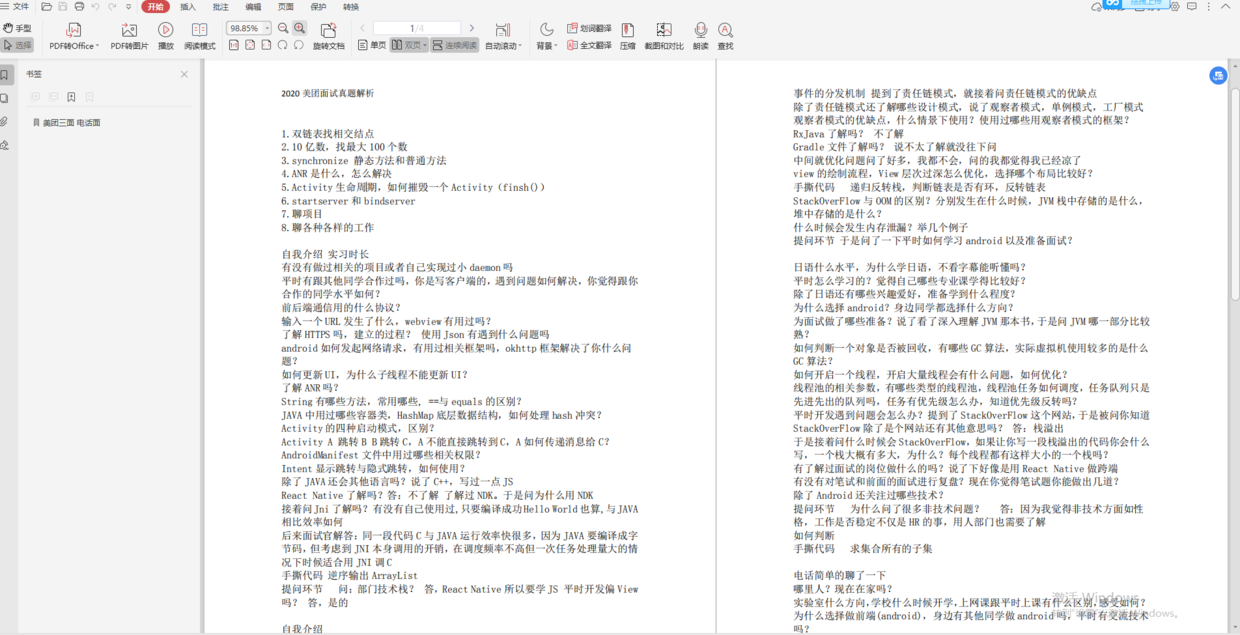
字节面试经验
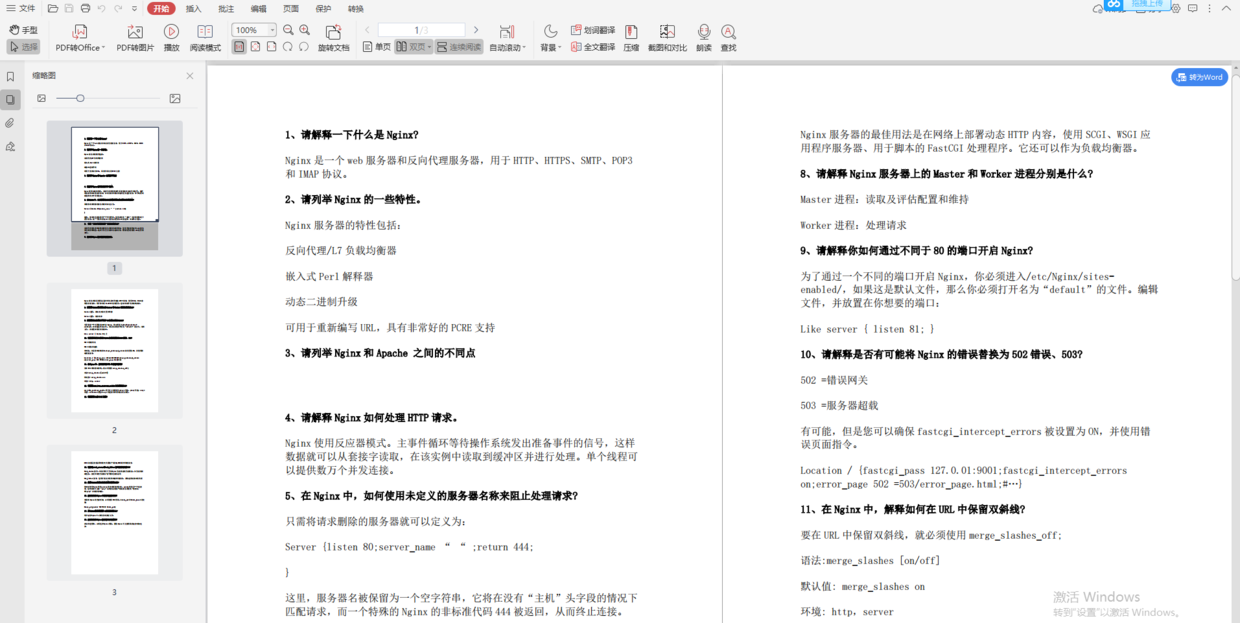
菜鸟面试经验
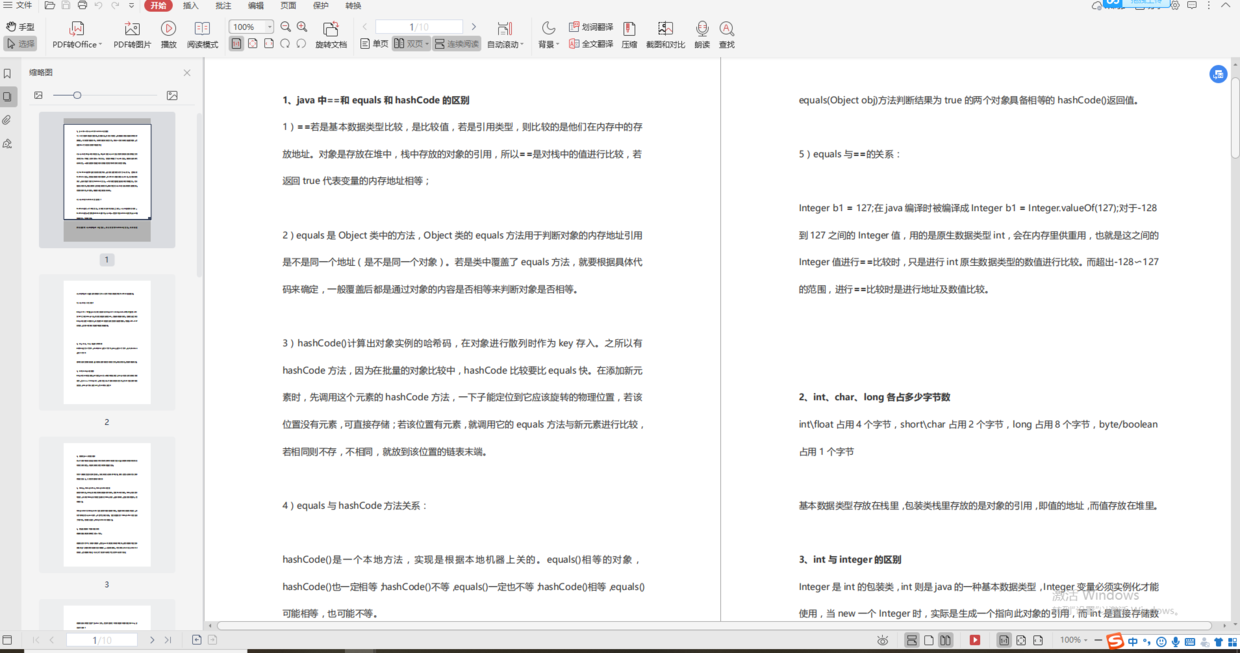
蚂蚁金服面试经验
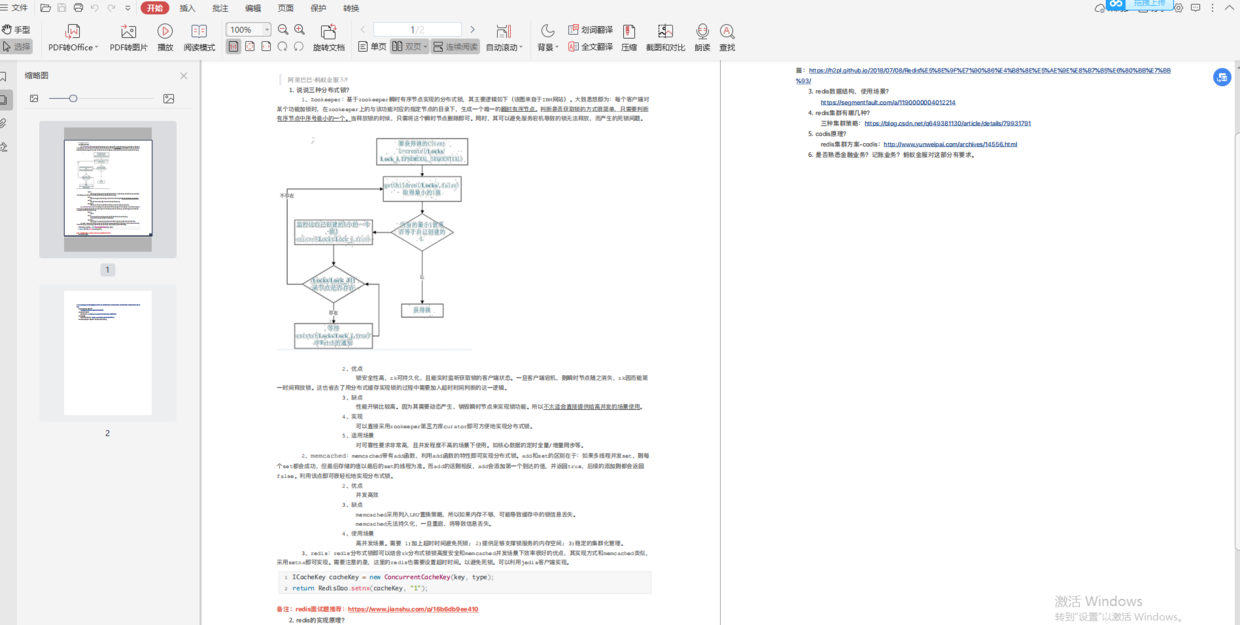
唯品会面试经验
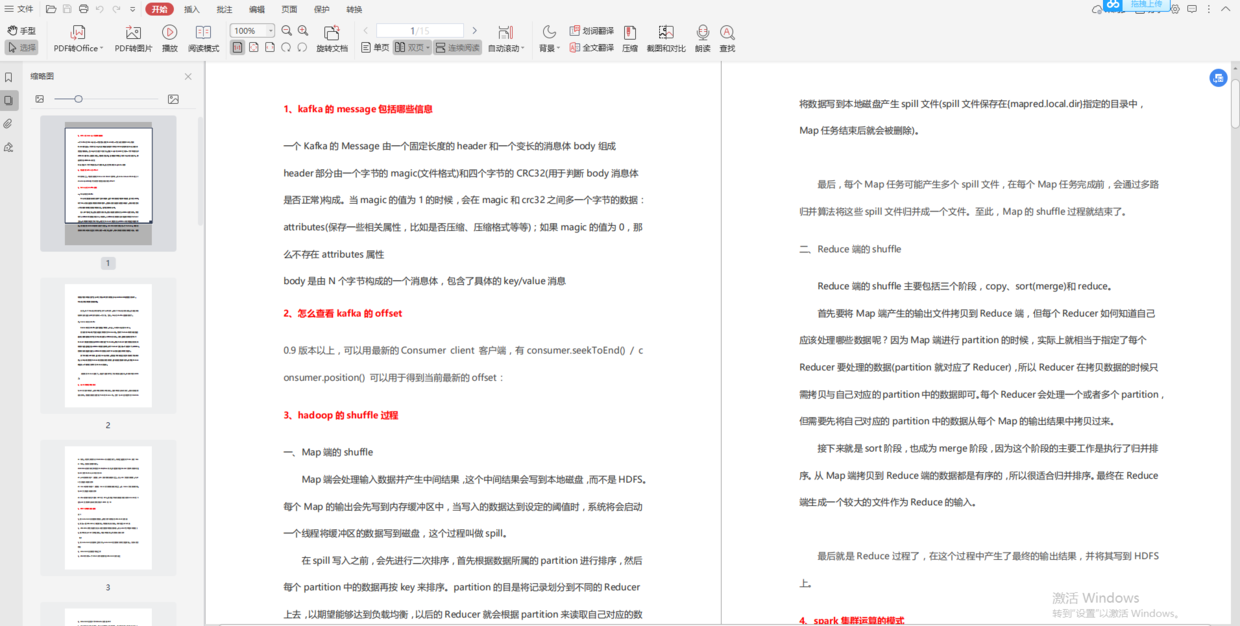
>因篇幅有限,图文无法详细发出,感兴趣的朋友[可以点击这里前往我的腾讯文档](https://gitee.com/vip204888/java-p7)免费获取上述资料!原创文章,作者:ItWorker,如若转载,请注明出处:https://blog.ytso.com/123379.html
